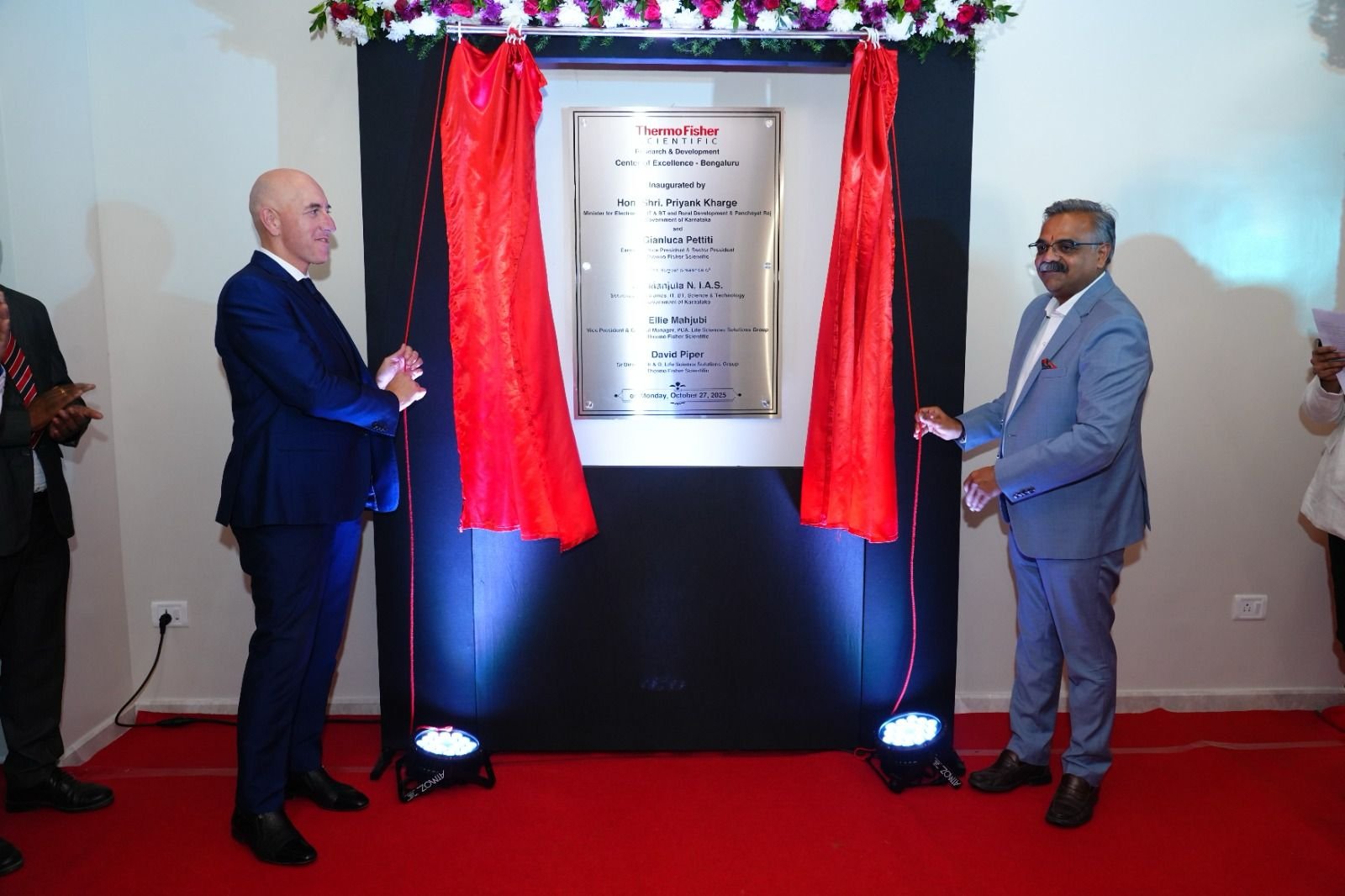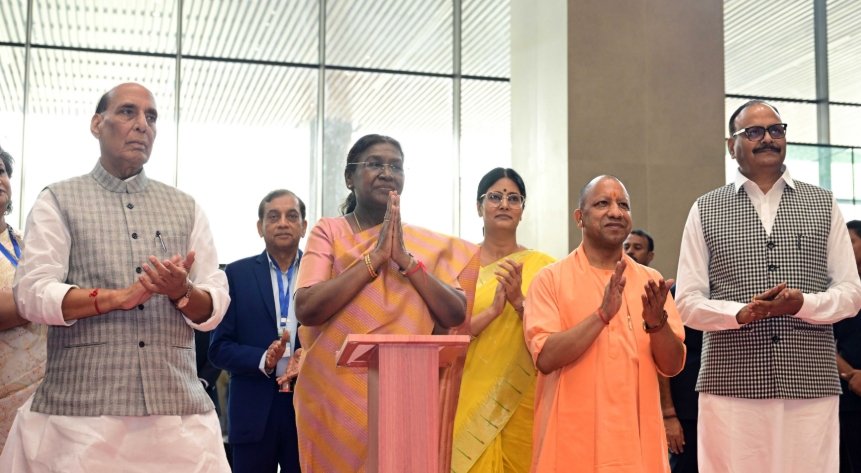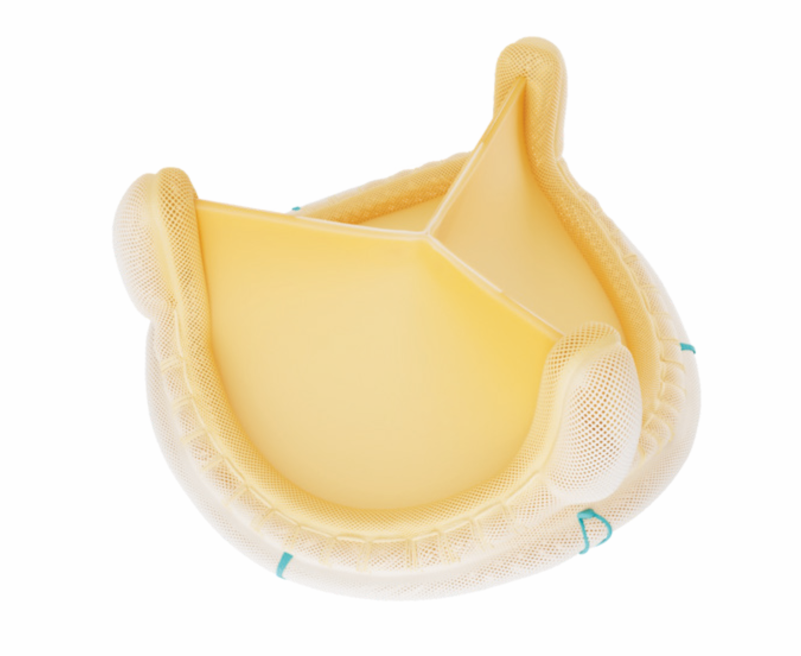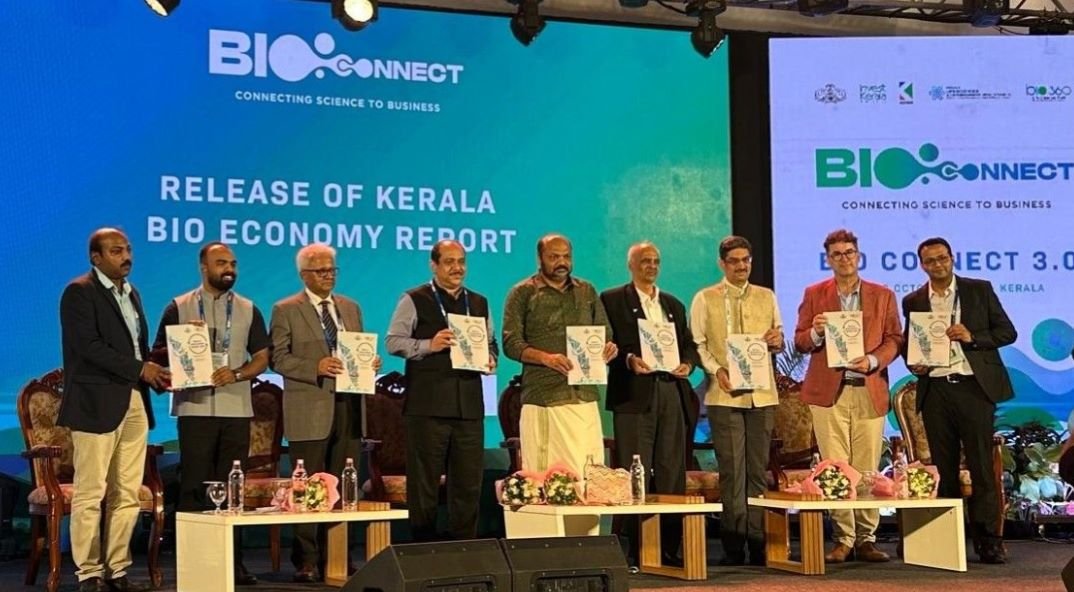Why New Schedule M Is a Game Changer for Indian Pharma and How the Industry Is Adapting
July 01, 2025 | Tuesday | Views | By Nilesh Patel, Managing Director, Kashmik Formulation
The Indian pharmaceutical industry stands at a pivotal moment. With the government’s notification of the revised Schedule M in January 2024, the sector is undergoing a structural and cultural transformation. The updated regulations, which bring India’s Good Manufacturing Practices (GMP) in line with global standards, are not just compliance mandates, they represent a paradigm shift towards consistent quality, operational excellence, and global competitiveness.

Schedule M of the Drugs and Cosmetics Rules, 1945, outlines the GMP requirements for manufacturing pharmaceutical products in India. The revised version enhances and broadens these requirements, integrating principles that focus on quality risk management, validated systems, contamination control, and comprehensive documentation. Key components include upgraded infrastructure norms, air handling systems, water quality management, and stricter environmental monitoring. These reforms aim to ensure that every medicine manufactured in India is safe, effective, and of assured quality.
Phased Compliance Deadlines
The regulatory shift is being rolled out in a phased manner to ensure smoother implementation. Large manufacturers are expected to comply within six months from the date of notification, while micro, small, and medium enterprises (MSMEs) have been given a twelve-month window. This phased timeline recognises the capacity differences across enterprises and allows room for technical and financial preparedness.
Why This Move Matters
India is one of the world’s largest suppliers of generic medicines, catering to both domestic needs and export markets across more than 200 countries. In recent years, increased global scrutiny and rising quality expectations from importing countries have underlined the need for stronger, harmonised manufacturing practices. The revised Schedule M is thus a timely intervention that will help elevate India’s global standing in pharmaceutical manufacturing.
Strengthening Quality Assurance
The new guidelines promote a risk-based approach to quality management. This involves implementing quality control checks at every stage - from sourcing raw materials to finished product dispatch. By institutionalising quality at the core of operations, the sector can minimise deviations, reduce batch failures, and improve patient safety outcomes. Importantly, it also establishes a uniform benchmark for all manufacturers, regardless of size or geography.
Alignment with Global Benchmarks
The updated norms are closely aligned with standards set by international regulatory agencies such as the World Health Organization (WHO) and the Pharmaceutical Inspection Co-operation Scheme (PIC/S). This alignment ensures that Indian manufacturers can better integrate into the global pharmaceutical supply chain, particularly in regulated markets like the US, EU, and Japan.
Notably, several companies in India had already adopted WHO-GMP standards even before the revised Schedule M was introduced. These early adopters—many of whom cater to export markets—have demonstrated that adherence to international GMP guidelines not only improves quality but also opens access to new markets and partnerships.
Building a Data-Driven Compliance Culture
The new guidelines encourage a shift from paper-based systems to digitised operations. Electronic batch manufacturing records (eBMR), digital logbooks, audit trails, and track-and-trace mechanisms are becoming increasingly prevalent. These systems enhance traceability, ensure real-time monitoring, and improve response times during inspections or deviations. They also foster a culture of accountability and transparency, which is critical for sustaining regulatory compliance.
For instance, in active pharmaceutical ingredient (API) manufacturing, digital quality records help ensure that every step from synthesis to storage is monitored and traceable. This reduces the scope for errors and improves product recall efficiency if needed.
Enhancing Investor and Market Confidence
The introduction of clearer, more enforceable quality guidelines under Schedule M is likely to boost investor confidence. Investors, both domestic and global, often view regulatory compliance as a proxy for operational maturity and long-term viability. A transparent and harmonised regulatory framework signals policy stability and strengthens trust among stakeholders.
How the Industry Is Adapting
Recognising the long-term benefits of the revised norms, pharmaceutical companies are proactively initiating changes across their operations.
Facility Upgradation:
Many manufacturing units are undertaking major infrastructure revamps, including redesigning production layouts, improving cleanroom classifications, installing advanced HVAC systems, and enhancing utilities like purified water generation and waste management.
Digital Transformation:
Digital tools are being deployed to manage inventory, track production stages, and monitor lab data. Platforms such as Laboratory Information Management Systems (LIMS), ERP software, and quality management systems (QMS) are playing a central role in driving compliance efficiency.
Workforce Training:
A critical pillar of GMP compliance is a skilled and aware workforce. Companies are prioritising employee training programs that focus on the revised regulatory requirements, standard operating procedures, hygiene protocols, and documentation practices. Continuous skill development is ensuring that personnel are not just trained once but are regularly updated on evolving best practices.
Global Certifications:
Many companies are actively pursuing WHO-GMP certification and PIC/S compliance to signal quality readiness to international regulators. These certifications also help secure entry into regulated markets and foster export growth.
Challenges on the Road to Compliance:
While the industry is committed to embracing the new standards, the transition is not without challenges.
Financial Constraints:
Infrastructure upgrades, technology investments, and training programs require significant capital outlay. For MSMEs in particular, accessing affordable finance for these improvements remains a hurdle.
Technical Expertise:
Complying with global GMP standards demands specialised knowledge in validation protocols, cleanroom design, quality risk assessment, and regulatory documentation. Smaller firms may lack access to such expertise, necessitating partnerships or external consultants.
Operational Disruptions:
Retrofitting facilities or installing new systems often requires partial or complete halts in production. These interruptions, though temporary, can affect supply chain commitments and increase operational costs.
Government Support and Ecosystem Efforts
Acknowledging these challenges, the government has introduced support mechanisms. Schemes such as the Pharmaceutical Technology Upgradation Assistance Scheme (PTUAS) offer financial aid and soft loans for facility modernisation. Technical guidance is also being provided through national regulatory agencies and industry associations.
Industry bodies such as the Indian Drug Manufacturers' Association (IDMA) and Organisation of Pharmaceutical Producers of India (OPPI) are playing an active role in capacity building through webinars, workshops, and compliance toolkits. These collective efforts are fostering a more prepared and cooperative compliance ecosystem.
A Defining Moment for the Sector
The revised Schedule M is more than a regulatory update - it is a strategic inflection point for the Indian pharmaceutical industry. By elevating the manufacturing landscape to global benchmarks, it strengthens India’s position as a trusted healthcare partner to the world.
The companies that prioritise compliance, adopt digital tools, invest in talent, and seek global certifications are likely to lead the next phase of growth. The transition may be demanding, but the long-term benefits—increased credibility, expanded market access, and improved patient outcomes—make the journey worthwhile.
As the implementation progresses, the industry is expected to become more resilient, quality-focused, and innovation-driven. Ultimately, this transformation will contribute to not just business success, but also to public health advancements in India and beyond.
Nilesh Patel, Managing Director, Kashmik Formulation









